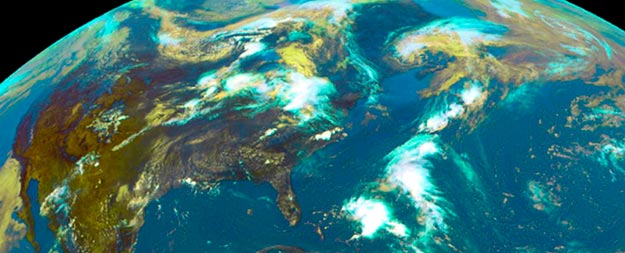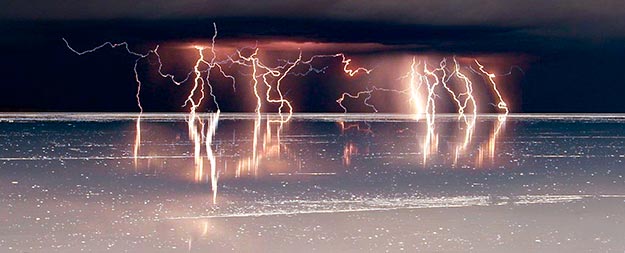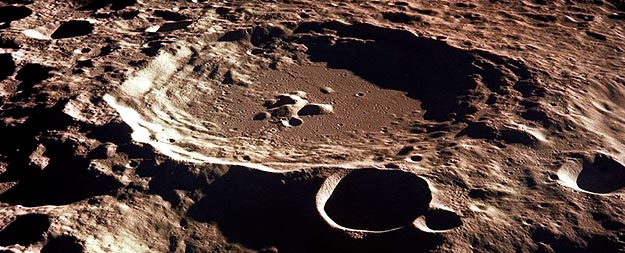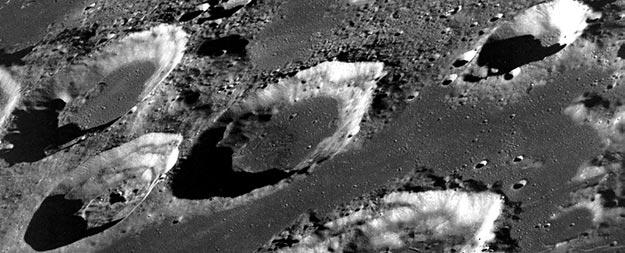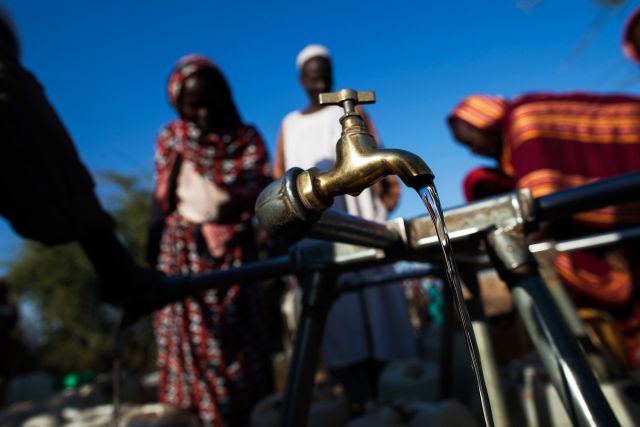Underneath the salty waters of the North Atlantic ocean, geologists have discovered a giant aquifer of freshwater, hidden from view just off the US coast.
While the vast size of this massive cache is surprising, it’s not entirely unexpected. Signals of the water first showed up in the 1970s, but until now, nobody suspected that this huge reservoir trapped in porous rock might run almost the entire length of the US Northeast.
“We knew there was freshwater down there in isolated places, but we did not know the extent or geometry,” says marine geologist Chloe Gustafson from Columbia University.
In 2015, some of Gustafson’s fellow researchers conducted a pilot study off the coast of New Jersey and the Massachusetts island of Martha’s Vineyard. Read more







